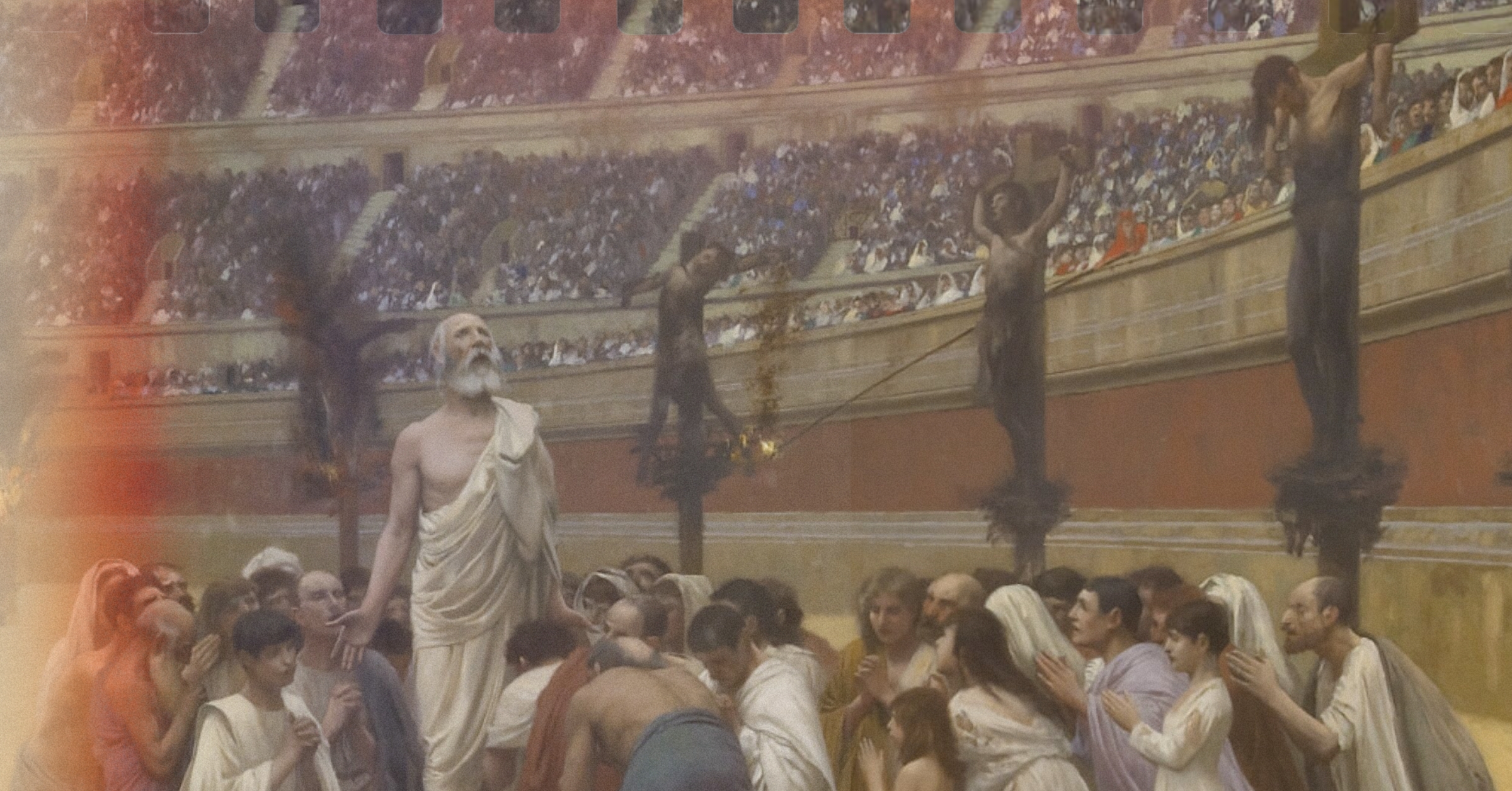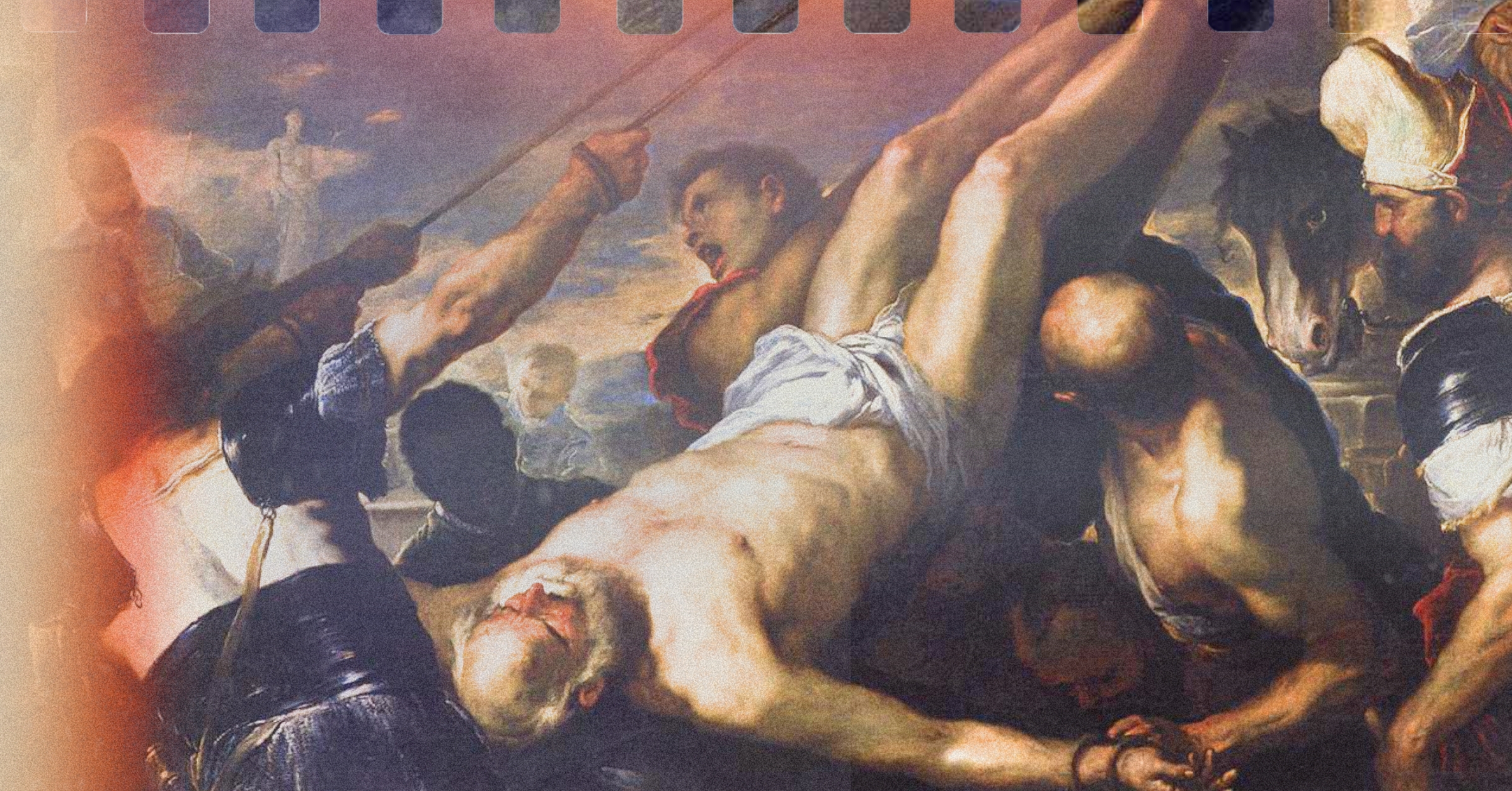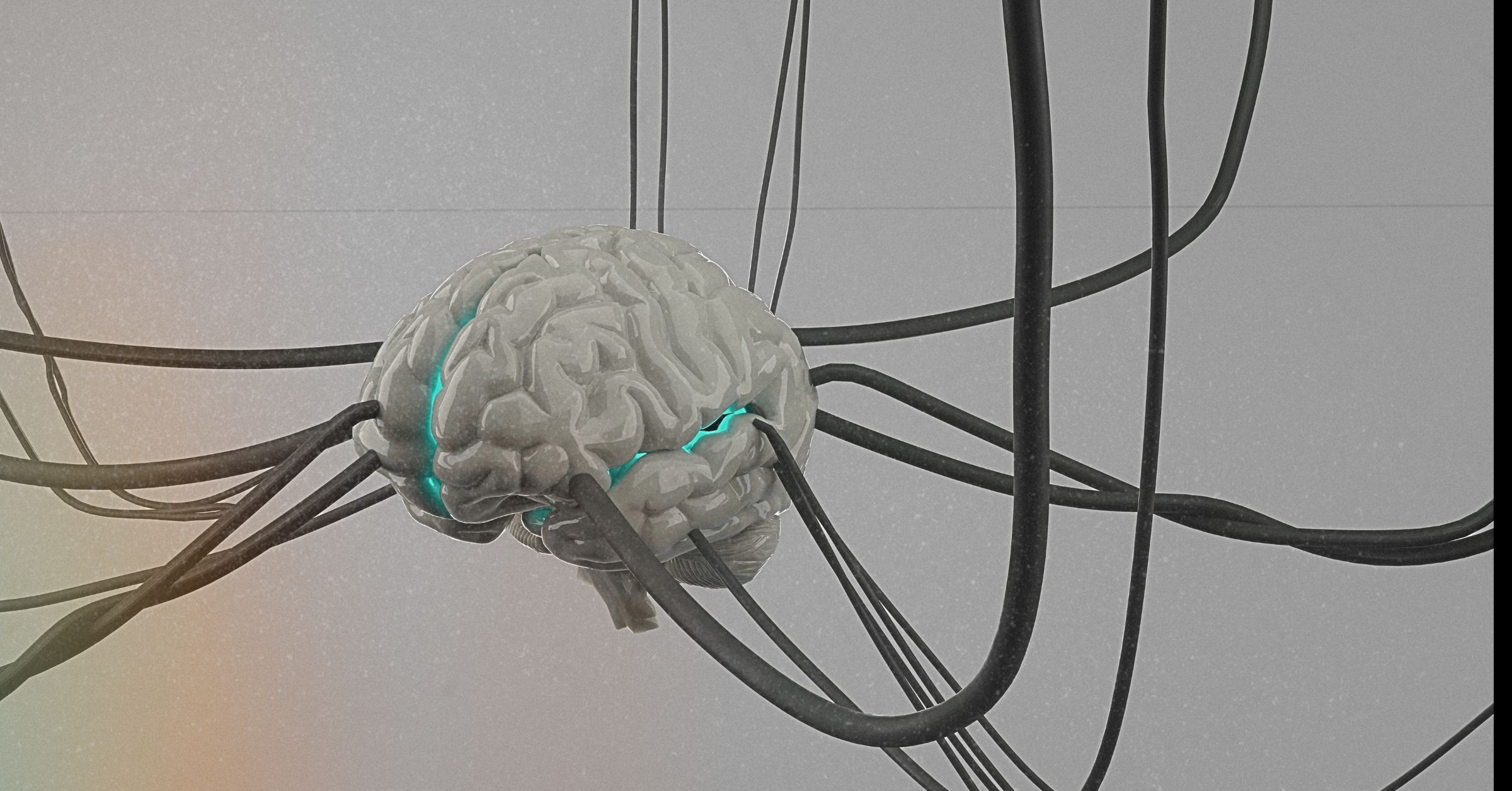— By Frank Turek
Some question why the dead “saints” who were “raised” after Christ’s resurrection are mentioned in Matthew (Mt. 27:52) but not anywhere else. This is a fair question. After all, if this really happened, why didn’t the other gospels mention it?
When addressing this question, we must keep in mind that each saint’s body was not resurrected into a glorified, imperishable state as was Jesus’s body. After Christ’s resurrection (as Matthew puts it),the bodies of the saints were raised. It seems that they were resuscitated into their previous mortal bodies, which would mean they would die again. In other words, the “saints” would have looked like normal people–like Lazarus, so only family members and their closest friends would know about this, if those friends and families were still alive at the time. We don’t know how many, if any, were still alive. If they weren’t still alive, probably few other people would know about this. If some friends and families were still alive, the word would have spread among some in Jerusalem about these saints being raised,but not to the extent of the resurrection of Christ (a public figure who also performed miracles). So perhaps only Matthew of the four writers knew about this.
But if the others did know about it, why didn’t they include it?Perhaps because each gospel writer appears to have a different audience in mind, and all authors must select what they choose to include and exclude. The main focus of each gospel writer was to report the historical facts about Jesus to their different audiences, not to report on everything significant that may have happened (indeed, it would be impossible to do so as John asserts at the end of his gospel).Amazingly, the gospel writers seem so concerned with sticking to just the historical facts that they hardly even mention the theological implications of Christ’s resurrection; only John briefly notes its impact on individual salvation (John 20:31). So including the saints event (if they knew about it), may not have served their purposes with their intended audiences.
However, it may have helped Matthew accomplish his purpose. How so?
Matthew is the gospel written to the Jews. The theme of Matthew is that Jesus is the true Israel– He does what Israel failed to do. His resurrection is what makes the ultimate resurrection predicted in the Old Testament possible (a resurrection is predicted in Daniel 12:2 and Ezekiel 37:12b-13). Matthew mentioning these saints being raised confirms his main point– that Jesus accomplished what Israel could not.Because of His perfect life, the resurrection is guaranteed and the barrier between God and man due to sin has been torn down signified by the veil in the temple being torn in the verses just preceding it. So while it didn’t fit the purposes of the other gospel writers, Matthew briefly mentioned the saints being raised because of its theological significance to his Jewish audience.
Another possibility is that the resurrection of the saints was not literal, but symbolic. Dr. Michael Licona will be advancing this theory in a forthcoming article called “The Saints Go Marching in” (of which I have a copy). Citing many examples, Licona points out that when writing about the death of an emperor, ancient Jewish and Roman authors frequently used phenomenological language in a symbolic manner. Writing to his Jewish audience, Matthew may have done the same.
But does that mean Christ’s resurrection could also be symbolic? Licona answers no. He writes:
There is no indication that the early Christians interpreted Jesus’ resurrection in a metaphorical or poetic sense to the exclusion of it being a literal event that had occurred to his corpse. Indeed, that a literal bodily resurrection was the primary intended interpretation seems clear. Paul asserted that Christian faith is worthless if Jesus had not been raised (1 Cor. 15:17). It is difficult to imagine Paul informing Caiaphas that, although he had believed it had been God’s will for him to hunt down Christians and destroy the Church, he was now more strongly compelled by their metaphor of Jesus’ resurrection and would jeopardize his eternal soul by abandoning the Judaism to which he had clung in order to become a Christian. Moreover, if Jesus’ resurrection was meant to be interpreted as a poetic metaphor, why is it that no known Christian opponent criticized the early Christians or their opponents for misunderstanding poetry as history? Why was there no known correction from any of the early Christian leaders to this effect? The early opponents proposed that Jesus survived death, his body was stolen, the witnesses were unreliable, and that the disciples hallucinated. These are all answers to claims of a literal bodily resurrection.
It also seems unlikely that the early Christian martyrs would die for a metaphor. Moreover, John’s gospel talks of feeling literal wounds(John 20:27), and Luke states explicitly that the body of Jesus was made of “flesh and bones” (Luke 24:39).
What about the skeptical view that Matthew meant it to be literal,but it never really happened? That would certainly defeat biblical inerrancy, but it would not defeat the evidence for the resurrection of Christ. There are too many early, eyewitness sources that testify of it, and too much converging circumstantial evidence (prophecy,embarrassing details, martyrs, establishment of the church, etc.) that confirm it. (For details see I Don’t Have Enough Faith to be an Atheist.)











